unreasoned fear
Hitler’s rise to power in 1933 drove hundreds of thousands of German Jews to leave their homes, rendering them stateless war refugees.
President Franklin Roosevelt considered several plans for taking them in, including resettling them on vacant lands in Alaska or in Latin America.
But these plans got nowhere, and America’s immigration quotas remained limited.
Why?
Many Americans, still stung by the Great Depression, harbored lingering concerns about unemployment.
Some were antisemitic.
And some believed that ‘America was for Americans.’
These beliefs found voice in Congress and throttled enlargement of US immigration quotas.
It became increasingly difficult to immigrate to the US during the 1930s.
By the end of the decade, only 90,000 of the 300,000 Germans who had applied for US immigration visas had received them.
The plight of German war refugees became a personal mission for Albert Einstein.
He had emigrated to the US in 1933 and since then, had helped many scholars and students leave Germany.
Einstein stepped up his activism as the war began, forming advocacy groups, speaking publicly, and writing letters to influential persons and heads of governments urging the opening of doors to those fleeing war.
Below, his letter to First Lady Eleanor Roosevelt.
Dear Mrs. Roosevelt:
I have noted with great satisfaction that you always stand for the right and humaneness even when it is hard.
Therefore, in my deep concern, I know of no one else to whom to turn for help.
A policy is now being pursued in the State Department which makes it all but impossible to give refuge in America to many worthy persons who are the victims of Fascist cruelty in Europe.
Of course, this is not openly avowed by those responsible for it.
The method which is being used, however, is to make immigration impossible by erecting a wall of bureaucratic measures alleged to be necessary to protect America against subversive, dangerous elements.
I would suggest that you talk about this question to some well- informed and right-minded person…
If then you become convinced that a truly grave injustice is under way, I know that you will find it possible to bring the matter to the attention of your heavily burdened husband in order that it may be remedied.
Very sincerely yours,
A. Einstein.
July 26, 1941.
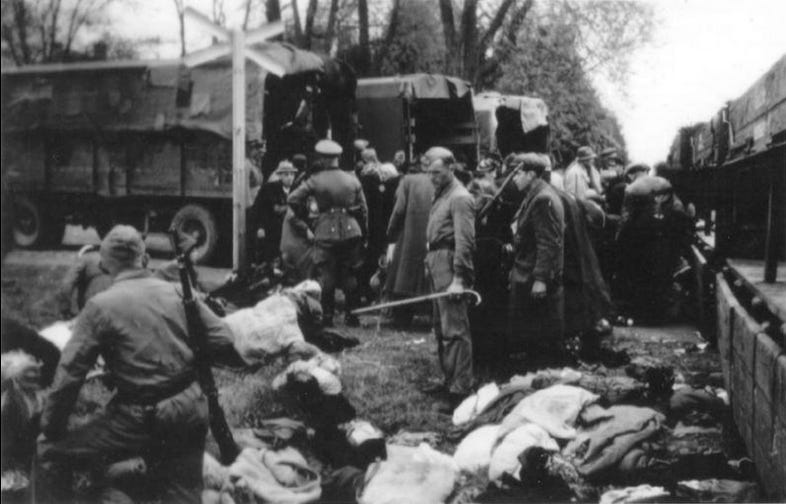
Mrs. Roosevelt’s handwritten notes at the bottom of the letter indicate that it was forwarded to her husband and that she sent Einstein a reply, but no specific action came from Einstein’s letter.
And within three months, the opportunity to help German Jews ended with the German government’s curtailing of emigration and the removal of the two hundred thousand Jews who remained in Germany to ghettos and concentration camps, where most would be killed.
Historians debate whether Franklin Roosevelt could have done more.
They note the self-contradiction of America being a land of immigrants with progressive social policies yet refusing to throw a lifeline to desperate people.
In his first inaugural address in 1933, FDR warned the nation against ‘unreasoning, unjustified fear which paralyzes needed efforts to advance.’
And yet, such a fear had taken hold, overpowering Americans’ generous spirit.
Today, unreasoned fear has once again become a dominant political force in America.
******************************
I’ll see you on Monday.
— Brenda






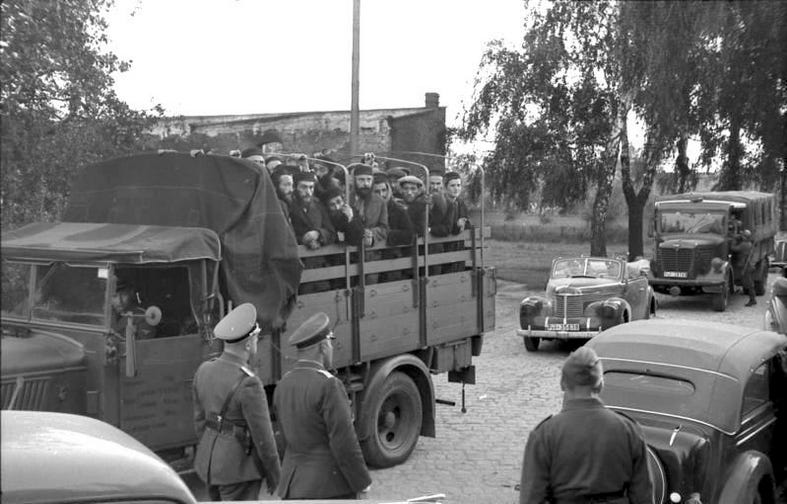
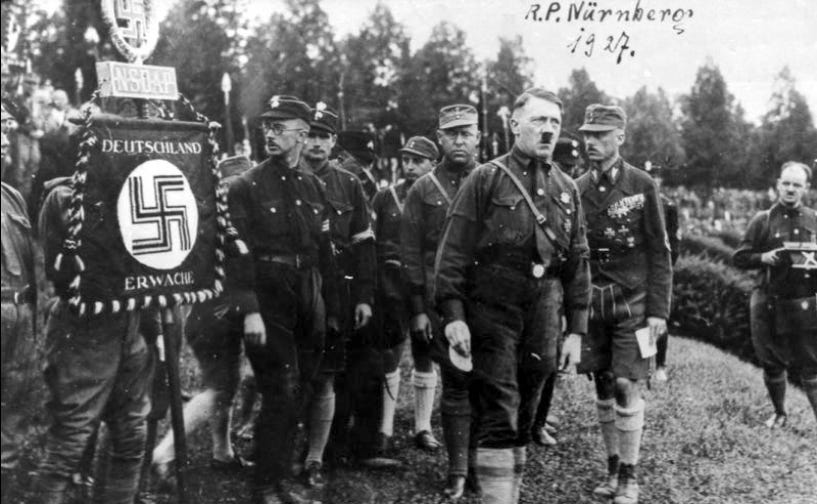
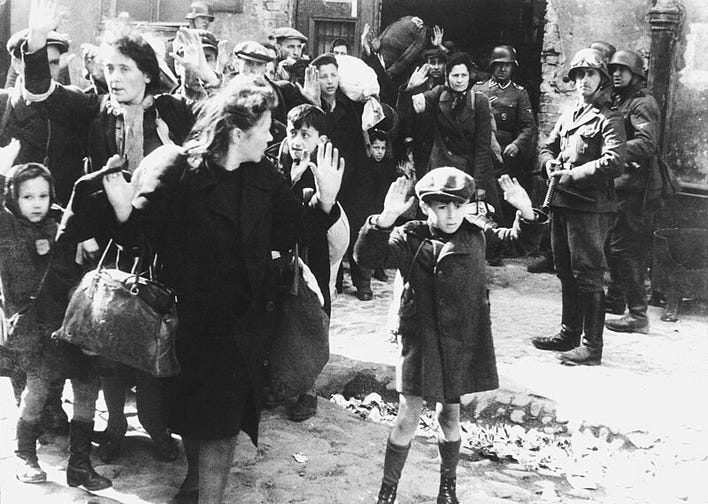

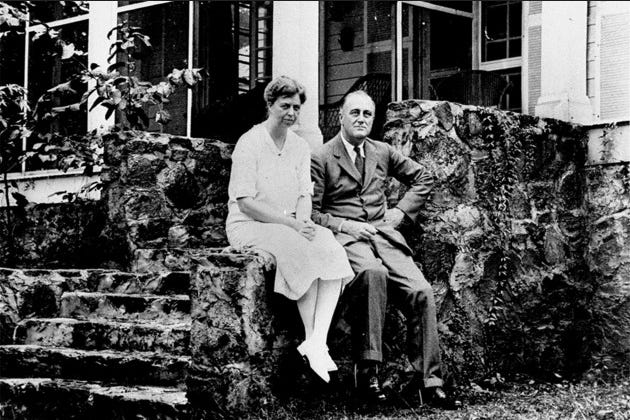
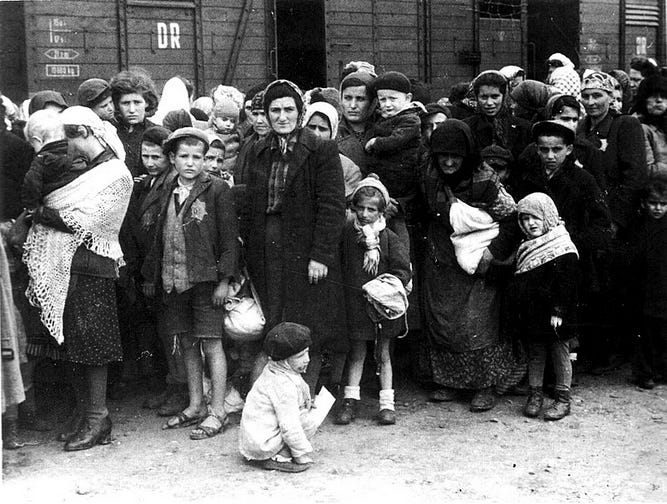
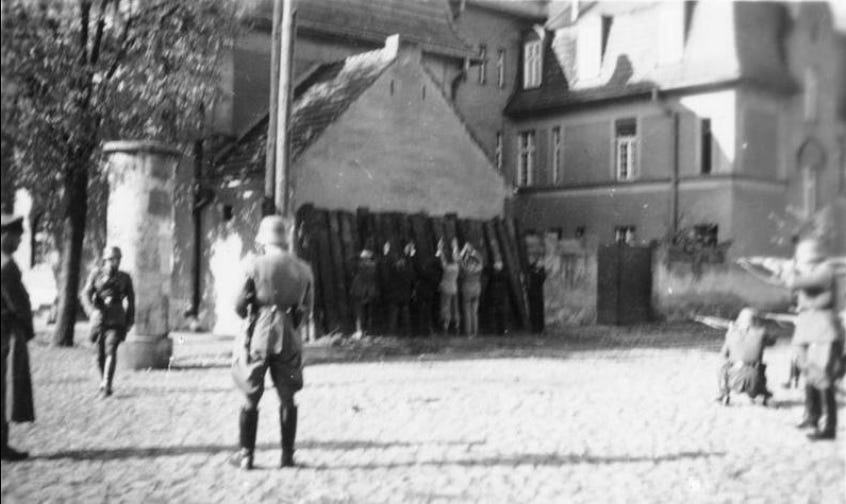




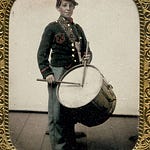

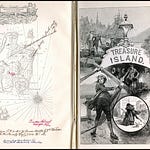
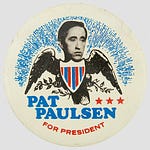
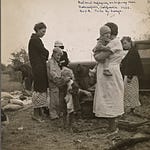

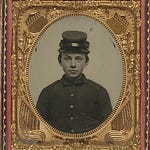
Photo of the Day